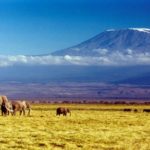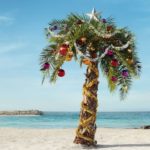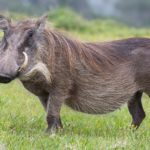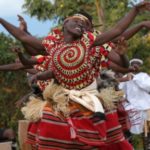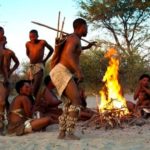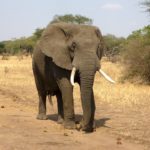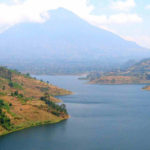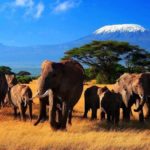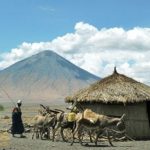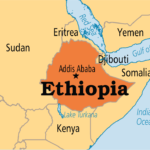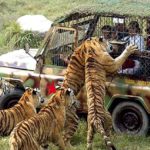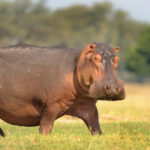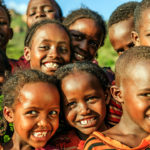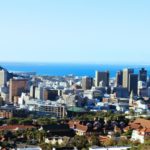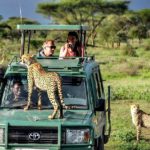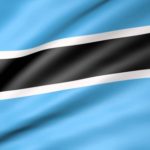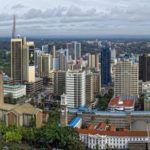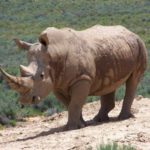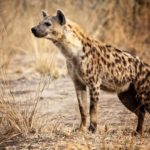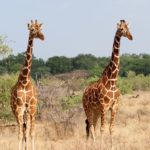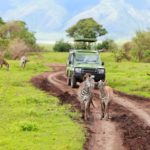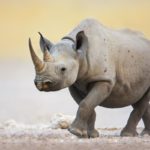Where is Kilimanjaro located?
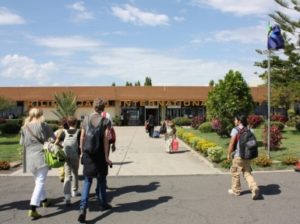 To the question, where is Kilimanjaro – you can get two answers. Short answer: Kilimanjaro volcano is located in Africa, in the northeast of Tanzania, in the territory of the national park of the same name, on the border with Kenya. And in order to find out in more detail what Kilimanjaro is and where it is located, we suggest that you familiarize yourself with this review about Kilimanjaro, one of the most amazing places not only in Africa, but throughout our planet.
To the question, where is Kilimanjaro – you can get two answers. Short answer: Kilimanjaro volcano is located in Africa, in the northeast of Tanzania, in the territory of the national park of the same name, on the border with Kenya. And in order to find out in more detail what Kilimanjaro is and where it is located, we suggest that you familiarize yourself with this review about Kilimanjaro, one of the most amazing places not only in Africa, but throughout our planet.
Kilimanjaro is the only place in Africa where you can see the snow, no matter what, in summer or winter, although it is more in the summer and it melts in the winter. Why is that? But the fact is that Kilimanjaro is located in the southern hemisphere and is quite close to the coast of the ocean. In spring, in March-April and in autumn in November, the rainy season begins here, which generously water the savannah lying here, and since the height of Kilimanjaro is almost 6000 meters, then it rains below, and there, on top, snow falls. True, it does not last long, it remains only a little in the lowlands, where the rays of the sun do not fall, although there is no year to year.
The top of the volcano was once completely covered with a glacier, it seems to have remained from the time of the ice age, but in recent years it has melted intensively and it is not a fact that after a few years something will remain of it. Scientists consider this the result of global warming. However, the peak still sparkles in the sun. From Swahili, Kilimanjaro translates as “a mountain that shines.”
What country is Kilimanjaro located in?
Kilimanjaro is a region in the northeastern part of Tanzania, on the border with Kenya. Kilimanjaro National Park is located in this area, and the volcano itself is in the park.
The area of the region is more than 13 thousand square kilometers, the population is about one and a half million people.
The center is the city of Moshi, with a population of about 150 thousand people. The region got its name from the Kilimanjaro volcano itself. In the region, in addition to the Kilimanjaro National Park, with an area of 753 square kilometers, there are another 14 national parks.
The place where Kilimanjaro is located is the most picturesque in Africa. With amazing flora and fauna. At the foot of Kilimanjaro, giraffes and elephants roam. As you climb to the top, the surrounding national parks, which are a huge plain savannah, are replaced by tropical thickets with amazing plants, then alpine meadows, semi-deserts, heather fields, and wastelands resembling moonlit landscapes.
This region of Africa is inhabited by about 120 different tribes. And in the immediate vicinity, on the slopes of Kilimanjaro, the Chagga tribe lives. This is one of the poorest captives, but with the development of mountain tourism over the past few decades, based on climbing Kilimanjaro, Chagga have become something like mountain guides and porters, about the same as Sherpas in Nepal. And the center of the Region, the town of Moshi has become the main tourist center of this region of Tanzania. There are several travel agencies specializing in organizing tours to the park, on a safari in Tanzania and climbing Kilimanjaro.
Climbing Kilimanjaro is extremely tedious, just like that, you won’t be able to overcome Kilimanjaro light. Although there are several climbing routes of varying difficulty, this is a rather risky event, only people with good physical fitness can handle it. True, there is no so-called point of no return, everyone goes to the top without special equipment and without oxygen masks, so there is always the option of just going back and confining yourself to a photo session, which in any case will be very interesting. There is the possibility of climbing to Kilimanjaro and from Kenya, since the mountain is located on the border of Tanzania and Kenya. However, by agreement between the governments of these countries, climbing Kilimanjaro is permitted only from the side of Tanzania. And on the border of Kenya, there are special police posts that stop anyone trying to make an unauthorized ascent, and there is no necessary tourist structure here.
